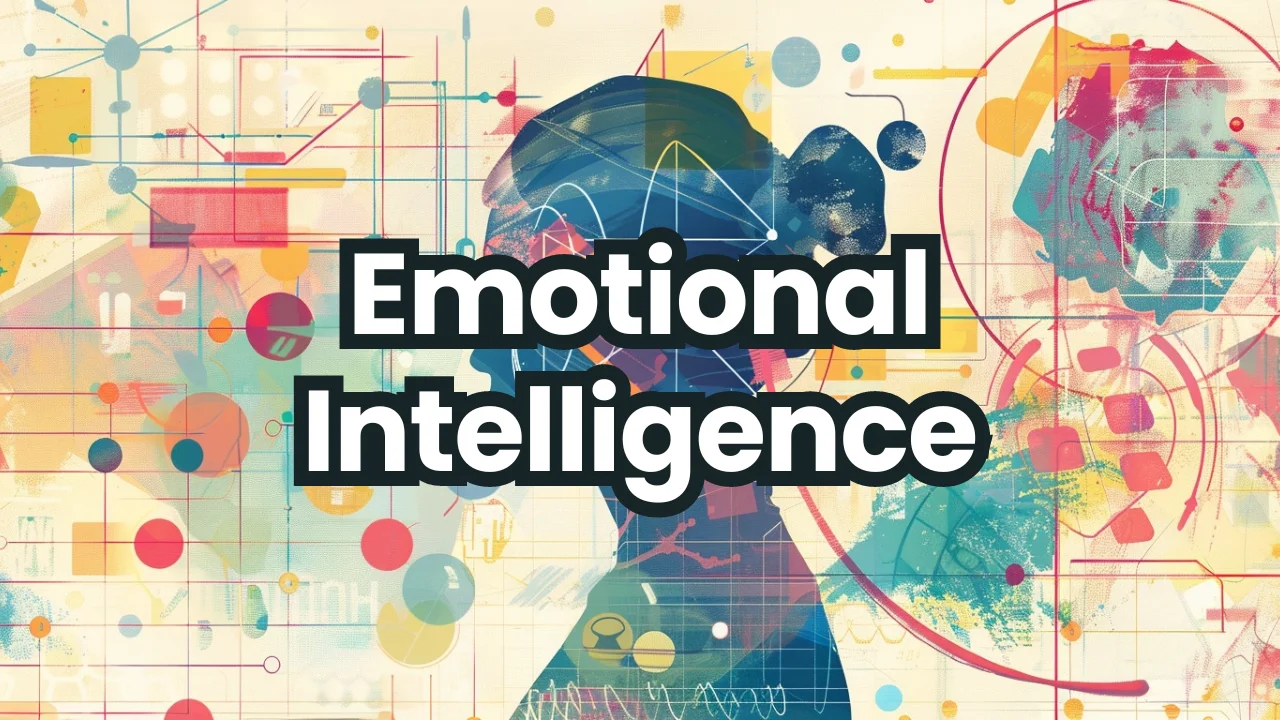Mastering Emotional Intelligence in School and Beyond: A Narrative Guide with Examples

In the quiet morning light, Ava sat at the edge of her bed, scrolling through messages from her classmates. She had a group project presentation today, and the team had clashed the night before. Tension simmered beneath the surface—frustrations unspoken, ideas dismissed, and cooperation fractured. Ava took a deep breath, shut her phone, and reminded herself: Emotional intelligence isn’t about being right; it’s about being aware.
Chapter 1: Understanding the Core of Emotional Intelligence
Emotional intelligence (EQ) is more than just a buzzword in educational circles. It’s the ability to recognize, understand, and manage our emotions while also recognizing and influencing the emotions of others. Psychologist Daniel Goleman breaks EQ into five components:
-
Self-awareness
-
Self-regulation
-
Motivation
-
Empathy
-
Social skills
Let’s journey through Ava’s school day to explore how each of these unfolds—not only within the classroom but far beyond it.
Chapter 2: Self-Awareness – “What Am I Feeling Right Now?”
As Ava walked into school, her chest tightened. Her thoughts ran wild: What if the presentation flops? What if my teammates blame me?
Instead of ignoring her anxiety, Ava paused and acknowledged it.
Example: Ava used a simple journal entry to label her feelings: “Nervous, frustrated, worried.” She noticed how these emotions made her react—short answers, defensive tone, lack of patience.
Takeaway:
Recognizing your emotions is the first step to not being controlled by them.
Chapter 3: Self-Regulation – “How Do I Respond, Not React?”
In the classroom, their teacher asked, “Ready for your presentation?” Ava’s teammate rolled his eyes and muttered something under his breath.
Ava felt heat rise in her face—but she took a breath.
Example: Instead of snapping back, Ava calmly said, “Let’s just focus on doing our best. We can talk through what didn’t work later.”
Takeaway:
Self-regulation is about managing impulses, staying calm under pressure, and thinking before reacting.
Chapter 4: Motivation – “What Drives Me?”
After the presentation, which went better than expected, Ava stayed behind to clean up. Her teacher praised her for her calm leadership.
Ava smiled—not because she got recognition, but because she knew she had pushed through difficulty without giving up.
Example: Ava created a vision board at home with her goals: “Improve my group communication,” “Practice mindfulness,” and “Lead one club project this year.” These kept her focused even when things got tough.
Takeaway:
People with high EQ are driven by internal values—not just rewards or grades.
Chapter 5: Empathy – “What Is the Other Person Feeling?”
Later that day, one of her teammates, Jordan, approached her in the hallway.
“I was being kind of a jerk yesterday,” he mumbled. “I was stressed out… my dad’s been in the hospital.”
Ava nodded gently.
Example: She said, “I didn’t know that. I’m sorry you’re going through that. If you need space or support next time, just let us know.”
Takeaway:
Empathy is the ability to step into another person’s shoes, see the world from their perspective, and respond with compassion.
Chapter 6: Social Skills – “How Do I Build Better Relationships?”
By the end of the week, Ava organized a team debrief session—not to criticize, but to reflect.
They talked honestly about what worked and what didn’t. Ava encouraged each person to speak and listened actively.
Example: She used “I” statements: “I felt like we weren’t hearing each other out.” And she encouraged solutions: “Next time, maybe we can set some ground rules for discussion.”
Takeaway:
Social skills include effective communication, conflict resolution, and collaboration—all essential for success beyond school.
Epilogue: Beyond the Classroom
Fast forward five years. Ava is now working on a nonprofit project, helping underprivileged students gain access to education. The same EQ skills she honed in school—self-awareness, empathy, communication—help her navigate workplace challenges, support her team, and handle difficult conversations with grace.
Whether you’re a student facing a group project, a teacher handling a classroom conflict, or a young adult entering the professional world, emotional intelligence is the quiet power behind success. It’s not just about being smart. It’s about being human—and knowing how to connect with others and with yourself.
Try This: EQ Practice Exercises
-
Daily Mood Check-In: Spend 5 minutes identifying your emotions in the morning or before bed.
-
The Pause Practice: When you’re triggered, count to 10 before responding.
-
Empathy Walk: Think about someone who frustrated you today—now imagine their day from start to finish.
-
Active Listening Challenge: Spend one conversation truly listening, without planning your response.
If emotional intelligence were a muscle, then school is your gym. And every challenge, every argument, every awkward group project—it’s all training for the life that comes after.
Are you ready to master it?






